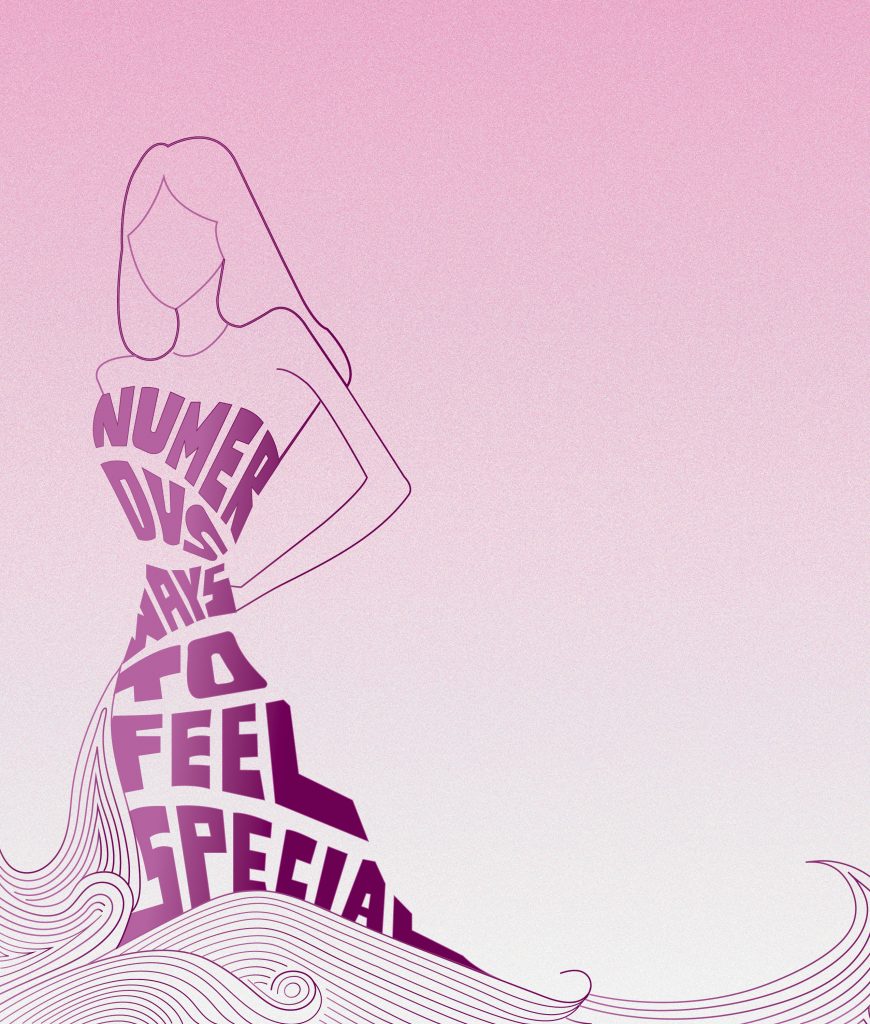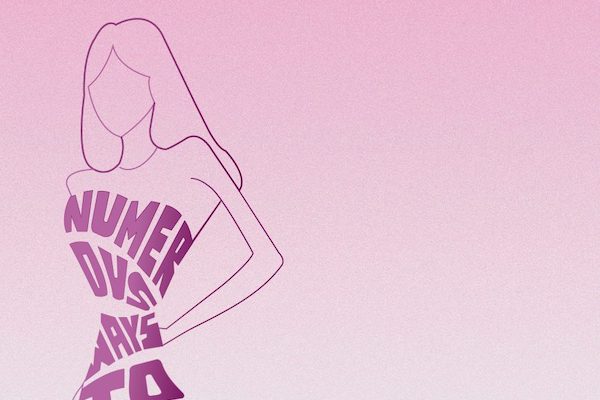By Valeria Brugueras

Say what you want about past generations, but you have to admit: they gave us good fashion. Just look at the way current trends reference the outfits on television shows such as “Friends,” the stage costumes of artists such as Prince with his iconic custom-made, high-heeled boots, or the remarkable Converse shoes whose designs are still constantly being developed till this day. It is easy to admire these trail-blazers: they were true originals who influenced pop culture and popular fashion with clothes that were not only new, but signified individuality and discovery. But what about us, the heirs to these icons’ innovations? How are we to innovate if every artistic option seems to have already been explored? Gen Z has the answer and it is unexpected: We don’t! The new generation of fashion opts to express individualism through reflection and re-branding; not through creating any new design but revolutionizing the old ones’ meanings. That is to say, we find ways to wear the same look while upholding purposefully different socio-economic values. The two dominant methods of doing so nowadays are renting and thrift shopping.
Apparel rental services have been seeing a rise in popularity, mainly because of how their platform allows affordability, quality and freedom. Here, you subscribe and pay a monthly fee to be able to choose a certain number of garments to “own” for the month. There is nothing that satisfies Gen Z more than looking for numerous ways to feel special, and they fulfill this desire by taking whichever designer pieces they want, then wearing them however they wish. There is no catalog needed and since the clothes would be gone in a month, there are no strings attached. As for the clothes, they get redistributed to new owners every month and avoid the fate of wasting away in someone’s closet after all outfit options are explored and all ceremonial Instagram photos are posted.
Any discussion about Gen Z’s stylistic independence and commitment to sustainability would be incomplete if we overlook thrift shopping, which has become insanely popular in recent years. It revolves around the idea of
nostalgia and romanticization of the past. Aside from being a “simpler time” or a quirk that adds “past lives” to the clothes, this relates directly back to the idea of preserving the old looks, but with the new-and-improved values of environmentalism and socioeconomic equality in accessible, high-quality garments. Multiple items can make a successful “thrift haul,” but the jackpot lies in scoring vintage designer pieces for less. And here, the cycle of elevating old designer pieces with new meanings and new personalities goes on.
As times change, so does the meaning of independence in style. No longer is it about building something new or original, but about the soul of the process, the personalities that charge the “vibe,” the values that the clothes represent in different contexts. As the future of fashion goes through the trends, styles, discoveries and comebacks, we must keep in mind that the cycles of fashion in the end will always look identical, but the experiences are destined to vary.

